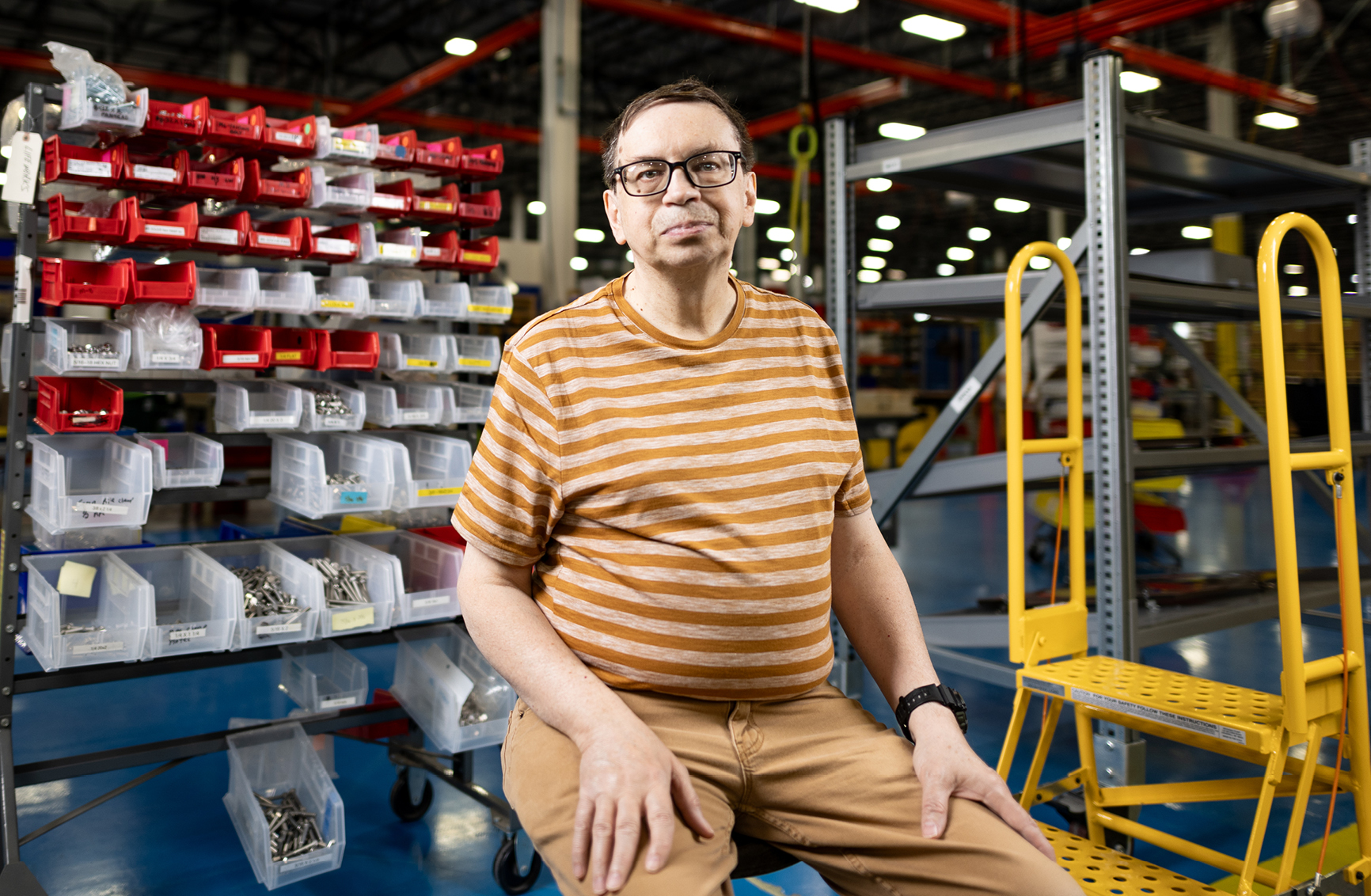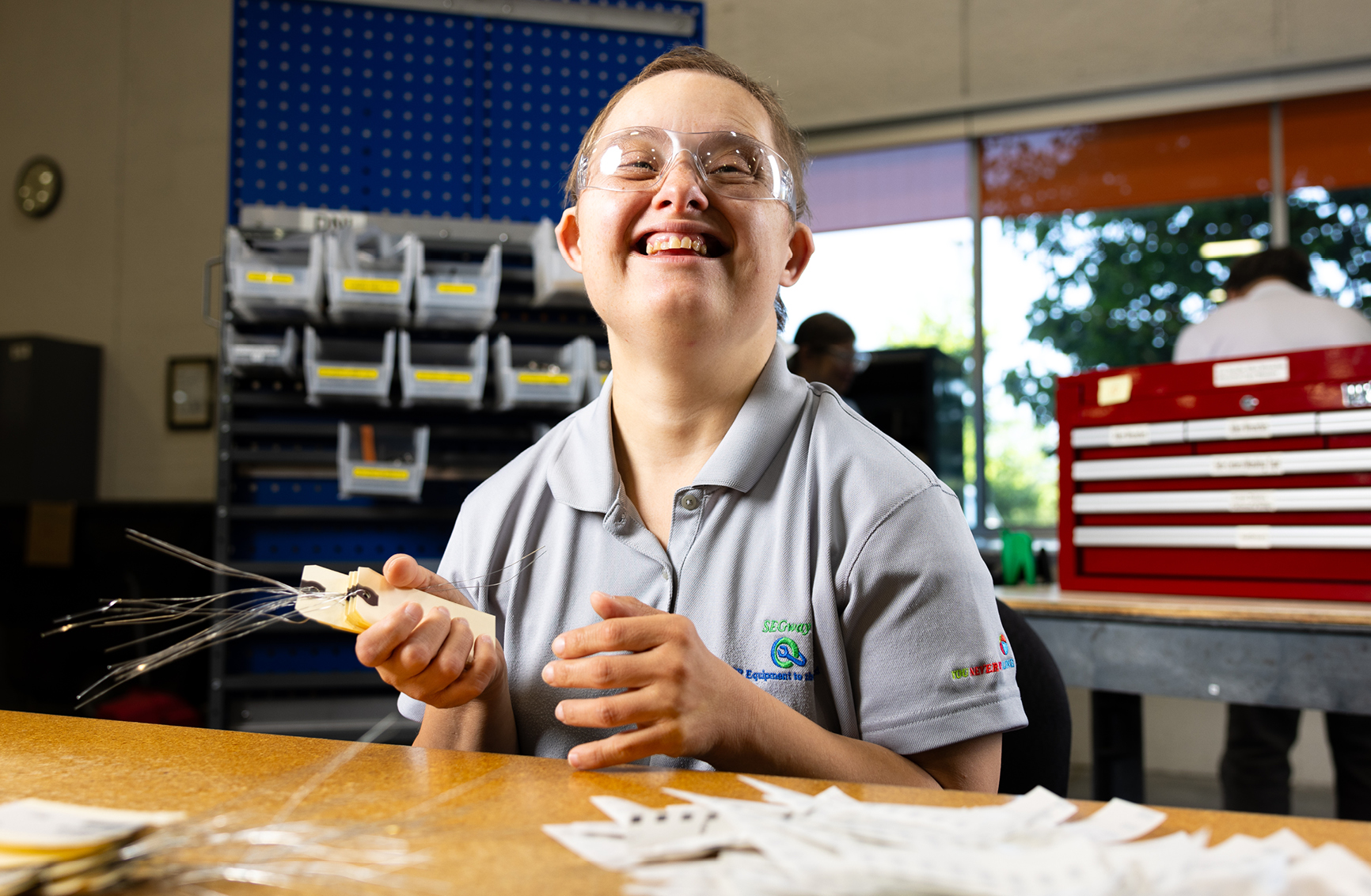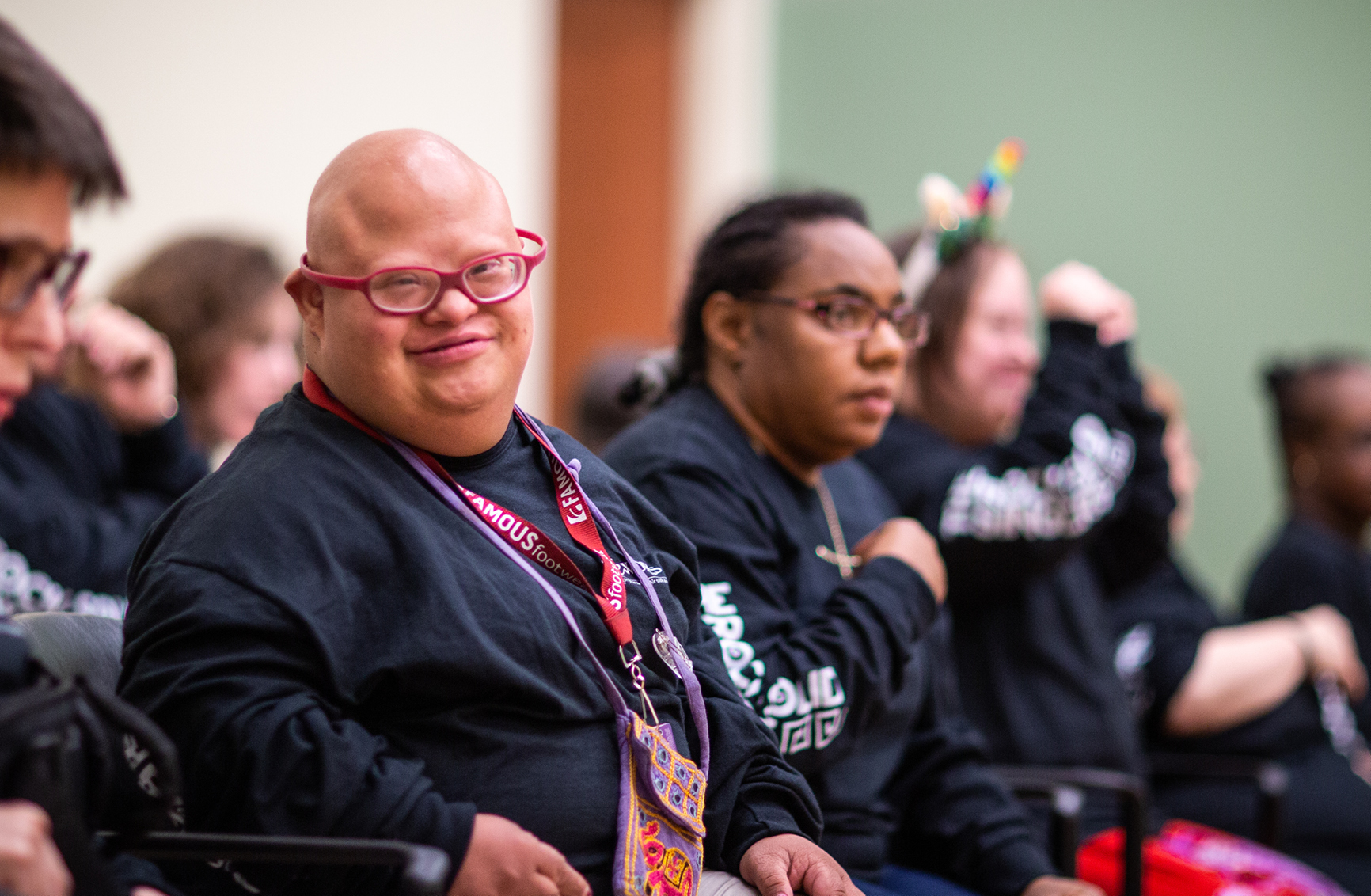Blog
Create an Accessible Workplace: The First Step to Disability Inclusion
October is National Disability Employment Awareness Month (NDEAM)!
Each October, we recognize and celebrate the contributions of workers with disabilities, emphasizing the importance of equity and inclusion in the workplace. This year, the theme for NDEAM is “Access to Good Jobs for All,” highlighting the need for not just more employment opportunities for people with disabilities but also the quality of those opportunities.
Creating access to good jobs is more than just paying workers fair wages for the work they do. That is important, but employers must do more to ensure that people with disabilities feel valued in the workplace and empowered to do their best work. Quality jobs are ones where people feel helpful, develop new skills, participate in workplace culture, and have the opportunity to advance.
Creating an inclusive workplace is the first step to providing access to good jobs. Here are some places to start as you consider this at your business or organization:
1: Identifying barriers to employment
In 2023, about three-fourths of people with disabilities in the United States were not a part of the workforce. This doesn’t mean that people with disabilities do not want to work – or that they are not qualified to do so. Instead, these numbers are indicative of barriers to employment, both past and present, that prevent full participation for people with disabilities.
Understanding and recognizing these barriers is essential so that you can take action to dismantle these barriers in your workplace. While this is not a complete list – and everyone has different experiences – here are some employment barriers to consider:
- The social stigma of disability that led to the institutionalized segregation of people with disabilities in the United States. It was not that long ago that this was the norm: the last institution in Minnesota was closed in 2000.
- Myths that shape the beliefs of employers, including that people with disabilities cost more to employ, are more likely to get injured on the job, or that they can’t stay on task.
- Opportunities to gain experience are limited for people with disabilities. Think about the jobs you’ve applied for and why you were hired. Your employer likely deemed your experience valuable. There is a significant deficit in the quality and quantity of experiences people with disabilities can participate in. This not only makes it challenging for people with disabilities to be offered a job but can discourage them from applying for an opportunity in the first place.

2: Implement inclusive hiring practices
Your company’s hiring practices, including job applications and interviews, are the first entry point for people who want to work for your company. It is often overlooked, but implementing inclusive hiring practices will open the door to recruiting candidates with disabilities and a more diverse talent pool.
Start by reviewing your application process. Whether online or in print, all aspects should be accessible to people with disabilities. Are your application forms available in alternate formats? Is your website compatible with assistive technology? If these are newer concepts to you, consider partnering with an organization that advances digital accessibility solutions!
If a qualified individual with a disability has an interview with your company, you can instantly make it more accessible by offering to explain the process beforehand and providing questions in advance. You can also offer other accommodations, like allowing extra time to answer questions or conducting the interview remotely, while encouraging them to ask for additional support if needed.
3: Recognizing that we all communicate differently
Communication is crucial in the workplace. Think about your daily time on email, the phone, or video calls as you problem-solve and collaborate on ideas. We all have preferences for how we communicate with others, so you should also recognize that everyone you interact with has their own communication preferences.
Some people prefer written communication, others prefer to talk in person, and some understand things better through pictures or charts. Some people do not use words to communicate, but it does not mean that they don’t communicate or have a preference for how they are communicated with. Rather than seeing this as something to be “fixed,” think about ways to adjust your communication and interactions to best meet people where they are.
4: Reconsidering accessibility for everyone
Most spaces that we interact with are not designed with people with disabilities in mind. Our workplaces are no exception. Reconsidering accessibility means understanding how everyone engages with a space. Everyone should be able to gain access to buildings and use facilities in their workplace.
Creating workplaces that are accessible and inclusive includes physical accessibility, such as ramps, braille signage, and accessible restrooms. Consider all the senses by reviewing lighting options, noise levels at the office, and reducing clutter.
We recommend that you go further and include digital accessibility, meaning the information and communication technology your company uses. This can include the availability of closed captions and transcripts for video calls, font size and color contrast on documents and presentations, and ensuring workplace devices are compatible with assistive technology.
Read Similar Blogs
View All-
![]()
-
![]()
blog
The Future of Work: How Remote Work Benefits Employees with Disabilities
Posted January 31, 2025
-
![]()


